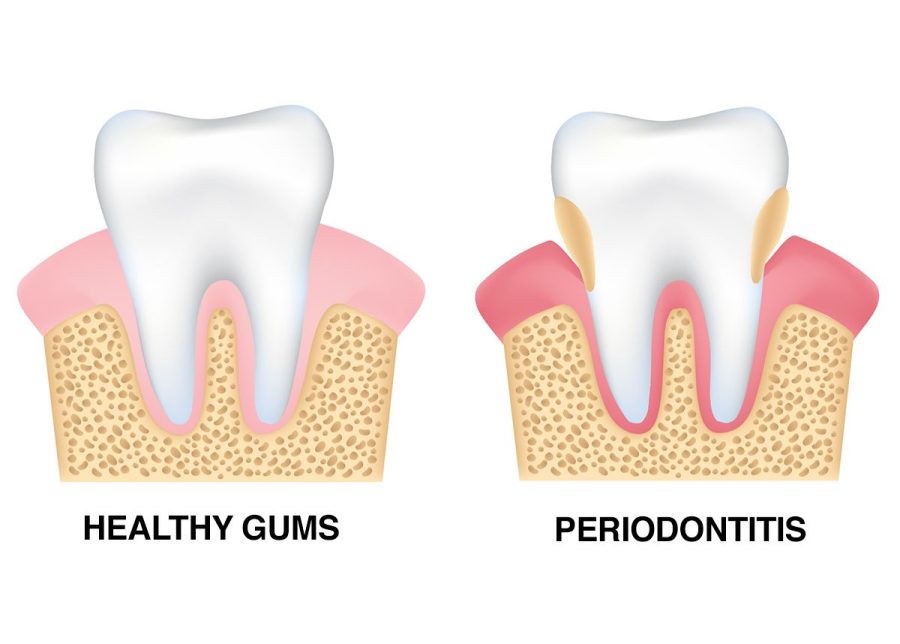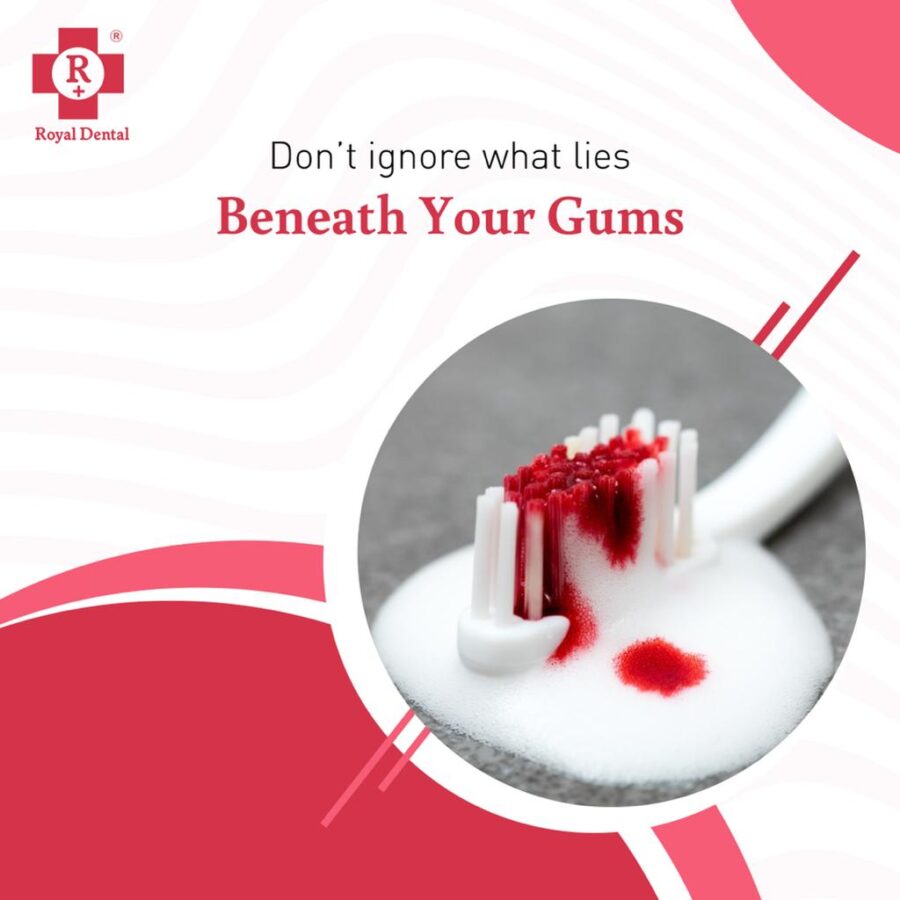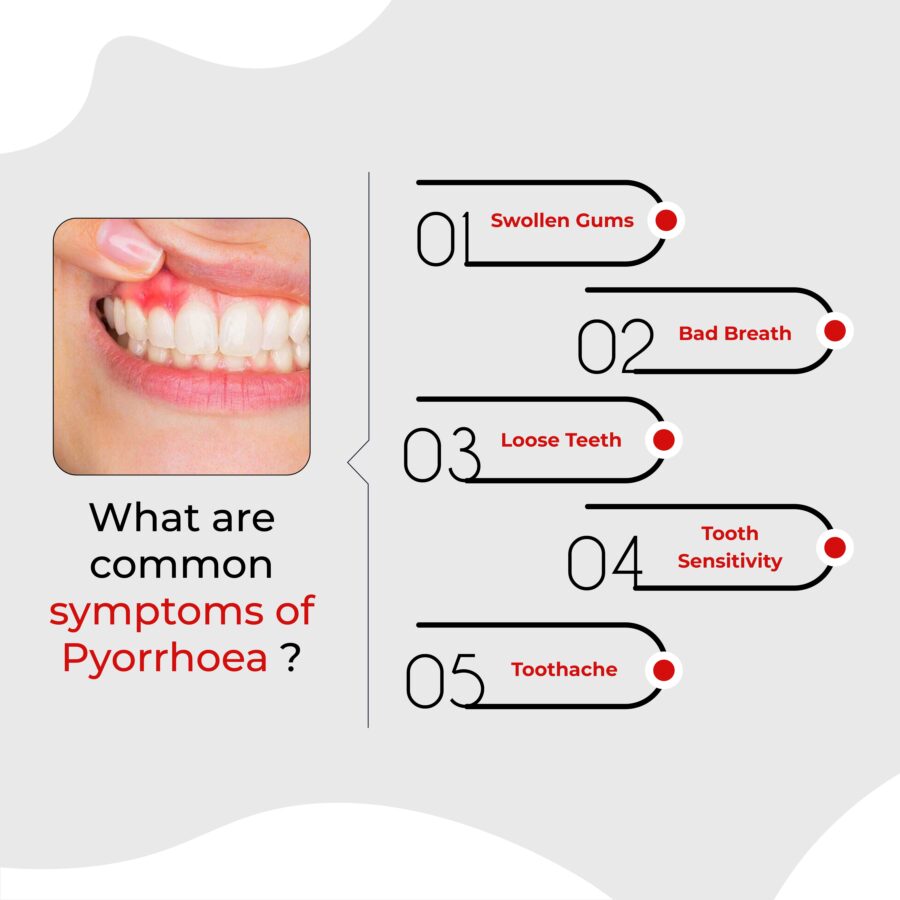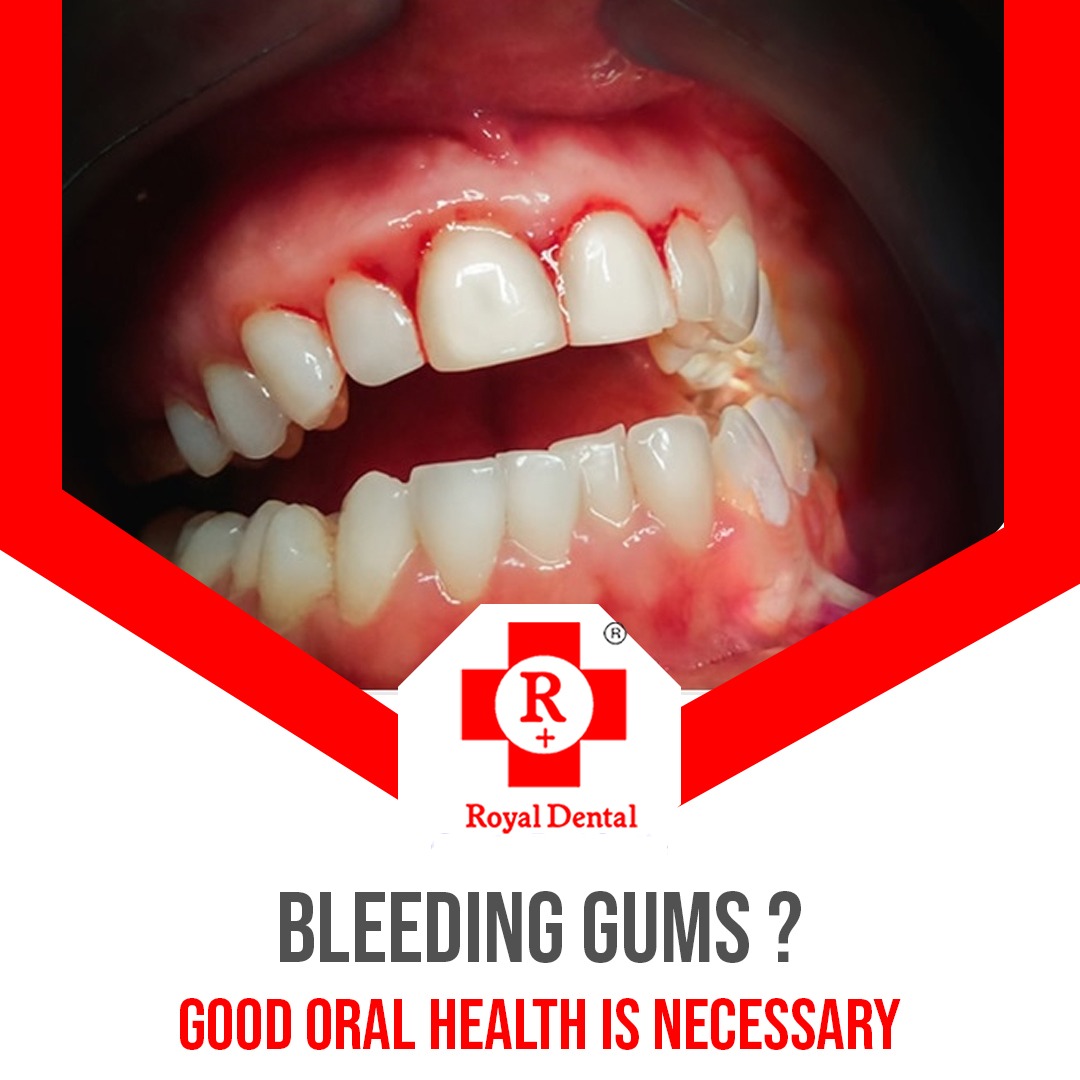Asking yourself, “What is pyorrhoea?” Periodontitis, or pyorrhea, is a prevalent gum disease that required treatment of gums. If left untreated, it can have a major influence on your oral health and is more than simply a bother. The accumulation of plaque, a sticky layer of bacteria, on your teeth is the main cause of pyorrhea. Gums that are inflamed and bleeding, foul breath, and, in more severe cases, loose teeth, are among the symptoms. The good news is that, with frequent dental visits and good oral hygiene, pyorrhea can be treated and even prevented. We’ll explore the origins, signs, and practical remedies for pyorrhea in this blog so you may maintain a healthy, radiant smile. Now let’s get started!
What is Pyorrhoea?
The term Pyorrhea, which comes from the Greek words “Pyo” (which means pus) and “rhea” (which means flow), describes a disorder in which pus flows from the gums. Periodontitis and periodontal disease are other names for it. Although in the past the term “pyorrhea” was used to refer to any pus discharge, in dentistry it specifically refers to a bacterial infection that affects the gums and surrounding tissues.

Historical Context and Evolution
Pyorrhoea has been understood in a way that has changed over time. Dental conditions have historically been frequently misinterpreted or linked to paranormal causes. Dental science did not make significant strides toward understanding the microbiological basis of periodontal disorders until the late 19th and early 20th centuries. A deeper comprehension of the genesis and management of pyorrhea was made possible by researchers like Dr. William John Younger.
Importance of Pyorrhoea Awareness
Maintaining the best possible oral health requires being aware of pyorrhoea. The serious consequences of untreated pyorrhea might include tooth loss and systemic health problems, including diabetes and cardiovascular disease. By making people aware of the warning signs, symptoms, and effects of pyorrhea, we may encourage them to take preventative measures and see dentists as soon as possible. Moreover, increasing awareness can motivate people to put their oral hygiene and general well-being first and lessen the stigma associated with dental disorders.
Causes of Pyorrhoea
Poor Oral Hygiene
It is essential to have a regular oral hygiene regimen in order to avoid Pyorrhea. Flossing frequently and using fluoride toothpaste twice a day help eliminate food particles and plaque that can shelter harmful bacteria from your teeth. Poor dental hygiene leads to the buildup of plaque, a sticky bacterial film, on the teeth and gums. Eventually, this plaque transforms into tartar, which harbors more germs and irritates and infects the gums, leading to pyorrhea.
Deficiency of Vitamin
For the body’s immune system to function properly and to maintain healthy gums, vitamin C is essential. Vitamin C deficiency weakens gum tissues, increasing their vulnerability to Pyorrhea-related infection and inflammation. Eating a diet high in vitamins and minerals is crucial for maintaining gum health and preventing Pyorrhoea. This includes foods high in vitamin C, such as citrus fruits, strawberries, and leafy greens.

Understand Genetic Factors
Although one of the main causes of pyorrhea is poor dental hygiene, genetics also play a big part. Even with meticulous oral hygiene, some people may be genetically predisposed to acquiring periodontal illnesses, rendering them more vulnerable.
Family History of Pyorrhoea
Your risk of catching pyorrhea must be determined by considering your family history. You can be genetically prone to gum disease or tooth loss if your close ancestors have experienced these conditions in the past. You may prevent pyorrhea and maintain excellent dental health by being proactive and aware of your hereditary risk factors.
Symptoms of Pyorrhoea
Recognise the Sign
Inflammation, swelling, and sensitivity to pressure are some of the primary indicators of pyorrhea in the gums. The body’s immunological reaction to the bacteria and poisons present in the gum tissue is what causes this inflammation. Regular dental exams are necessary to detect gum discomfort associated with pyorrhoea early on. Your dentist can evaluate the condition of your gums, spot any inflammation, and suggest the best course of action to stop the disease from getting worse.
Pyorrhoea Symptoms
- Halitosis, another name for persistent bad breath, is a typical pyorrhea symptom. The foul-smelling gases that are created when bacteria grow in the pockets the disease makes between the teeth and gums cause bad breath.
- The gums may start to recede as the disease worsens, moving away from the teeth and forming pockets where germs can grow. With time, these pockets deepen, worsening inflammation and raising the possibility of losing teeth and bone.
- Teeth that are in more advanced stages of Pyorrhoea may become more sensitive to pressure, heat, and cold. The loss of the connective tissue and supporting bone surrounding the teeth has compromised their stability and function, causing them to move around and cause pain.
Diagnosis and Screening | Pyorrhoea Treatment
Importance of Dental Check-ups
Frequent dental examinations are essential for the early identification and detection of pyorrhea. Your dentist can examine your gums, teeth, and oral cavity during these regular checkups, looking for any indications of periodontal disease. Pyorrhea can be controlled, and its negative effects on oral health can be lessened with prompt treatment.
Professional Check-up by Dr. Chirag Chamria
During a thorough examination, Dr. Chirag Chamria, a skilled and qualified dentist, accurately diagnoses pyorrhea. Dental X-rays show the inside structures of the teeth and bones, which can be used to identify bone loss and other signs of periodontal disease.
He performs a thorough evaluation of your dental health, accounting for a number of variables including your dental hygiene habits, medical background, and family history of gum disease. A personalized diagnostic and treatment plan catered to your unique needs and circumstances are possible thanks to this holistic approach. Dr. Chamria seeks to preserve and improve your oral health, guaranteeing the best possible results for your smile by treating underlying risk factors and putting tailored interventions into place.
Treatment Options Pyorrhoea
Non-Surgical Methods
Scaling and Root Planing: This non-invasive procedure involves deep cleaning of the teeth and gums to remove tartar and plaque buildup above and below the gum line. By smoothing the root surfaces, scaling and root planing help to prevent bacterial colonisation and facilitate gum tissue healing.
Antibacterial Mouthwashes: Using antibacterial mouthwashes containing chlorhexidine or other active ingredients can help reduce bacterial growth and control inflammation in the gums. These mouthwashes are frequently suggested in addition to good oral hygiene habits in order to maximise therapeutic results.

Surgical Intervention
Gum Surgery: In cases where non-surgical methods are insufficient to address advanced gum disease, gum surgery may be necessary. This procedure aims to reduce pocket depths, remove diseased tissue, and reshape the gum line to promote better oral health and prevent further progression of pyorrhoea.
Pocket Reduction: Also known as flap surgery, pocket reduction involves lifting the gum tissue to access and thoroughly clean the roots of the teeth. By eliminating deep pockets where bacteria thrive, this surgical intervention helps to facilitate gum tissue attachment and promote better periodontal health.
Importance of Timely Intervention
For pyorrhea to be effectively managed, early detection and immediate treatment are essential. Inadequate or delayed treatment increases the risk of tooth loss and systemic health issues by causing irreversible damage to the gums and tooth-supporting systems. Stressing the value of obtaining expert dental care as soon as gum disease appears will help stop its progression and maintain oral health.
Personalized Treatment Plans by Dr. Chirag Chamria
Since each patient is unique, pyorrhea treatment regimens should be customized to fit each patient’s requirements and situation. In-depth diagnostic evaluations and careful consideration of variables like the degree of gum disease, general oral health, and patient preferences are the foundations upon which Dr. Chirag Chamria underscores the creation of individualized treatment regimens. Individualized treatment programs can effectively treat pyorrhea and support the long-term health and well-being of patients’ teeth.
Conclusion
In conclusion, pyorrhea is a serious gum disease that requires prompt treatment. The importance of maintaining good dental health, spotting issues early, and getting treatment as soon as it makes sense is emphasized. Scheduling routine dental examinations with Dr. Chirag Chamria is essential for early detection and successful treatment. With this knowledge, readers will be able to prevent pyorrhea and maintain healthy teeth for the rest of their lives. Become proactive by making frequent dentist appointments and establishing good oral hygiene habits. Never forget that you are responsible for your dental health; take charge now for a healthier tomorrow.






